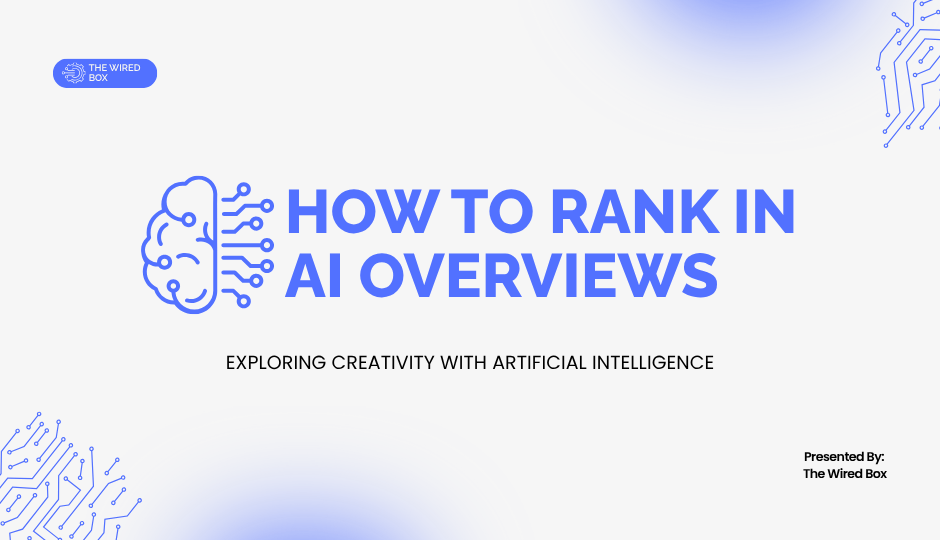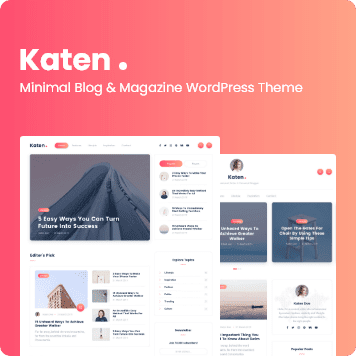
If you’ve been watching how AI-generated overviews are reshaping search results in 2025, you’ve probably noticed something surprising: it’s easier than ever to get your brand featured in ai overviews, if you know the formula.
In fact, it feels a lot like SEO back in 2010. Less competition, more loopholes, and a golden opportunity for those who move fast.
Here’s the exact strategy that’s helping brands dominate AI overviews across Google, LinkedIn, YouTube, and beyond.
Why AI Overviews Matter in 2025
AI overviews are now the first thing users see on many search engines. These summaries pull content from multiple sources like blogs, videos, social media, and more, just to answer queries instantly.
If your brand is mentioned in these overviews, you’re not just ranking for the query. You’re owning the conversation.
But how do you get there?
The 5-Step Listicle Strategy That Works to Rank in Ai Overviews in 2025
Step 1: Publish a Detailed Listicle Blog Post on Your Website
Start with a blog post titled something like:
“Top [Your Service/Product/Tool] Providers in 2025”
Make it:
- Thorough: Include at least 800–1,200 words.
- Keyword-rich: Use terms your audience is searching for.
- Helpful: Offer real value, not just fluff.
- Biased (strategically): Put your company at the top of the list.
This is your home base. Make it count.
💡 Pro Tip: Use schema markup (like
ItemList) to help AI understand the structure of your content.
Step 2: Repurpose It as a LinkedIn Article with Real Examples
Next, create a LinkedIn Pulse article with a similar title and structure. But this time, list different competitors or at least shuffle the order with added details
Why?
- It builds trust.
- It shows you’re not just self-promoting.
- And provides AI with more diverse content to draw from.
You can still mention your brand, but subtly. Think of this as your “neutral” version.
Step 3: Create a YouTube Video in the Same Format
Turn your blog into a short, engaging video. Use the same title and structure with similar points explained in the video:
- “Top [X] Tools for [Y] in 2025”
- Add timestamps for each item.
- Include a voiceover or captions.
- Link back to your blog in the description.
YouTube is still a major SEO engine, and AI overviews love multimedia sources and linking details.
Step 4: Buy 5 to 6 Guest Posts on Niche-Relevant Sites
Yes, guest posting still works, especially when it’s done right with relevant linking.
- Target industry blogs or niche publications.
- Use the same listicle format.
- Vary the content slightly for each post.
- Include your brand in at least a few of them.
This builds backlinks, authority, and gives AI more sources to reference.
Step 5: Wait 2 to 3 Weeks and Watch the Magic of Ai
Once your content is live across multiple platforms, give it a couple of weeks. You’ll likely start seeing your brand appear in AI-generated summaries.
It’s not magic. It’s just smart content layering.
Is This Spammy? Maybe. But It’s 2025.
Let’s be honest: the internet is flooded with listicles. But when done right with real value, smart formatting, and strategic distribution, it’s not spam. It’s visibility.
AI overviews are still learning. They rely on structured, consistent, and widely distributed content. This strategy gives them exactly that.
Bonus Tips to Maximise Results
- Use consistent branding across all platforms.
- Optimise for featured snippets – AI often pulls from them.
- Update your content regularly to stay relevant.
- Monitor your mentions using tools like Brand24 or Google Alerts.
Final Thoughts
We’re in a new era of SEO, one where AI curates the web for users. If you want to be part of that curation, you need to feed the machine the right content.
This listicle strategy might feel like a throwback to 2008, but it’s working in 2025. And those who act now will reap the rewards before the space gets saturated.
Welcome to the age of AI-driven content visibility.
Have you tried this approach? Share your experience or drop your favourite AI SEO tip in the comments!
Would you like me to help you turn this into a downloadable PDF or create a content calendar around this strategy? Comment below.




Leave a Reply